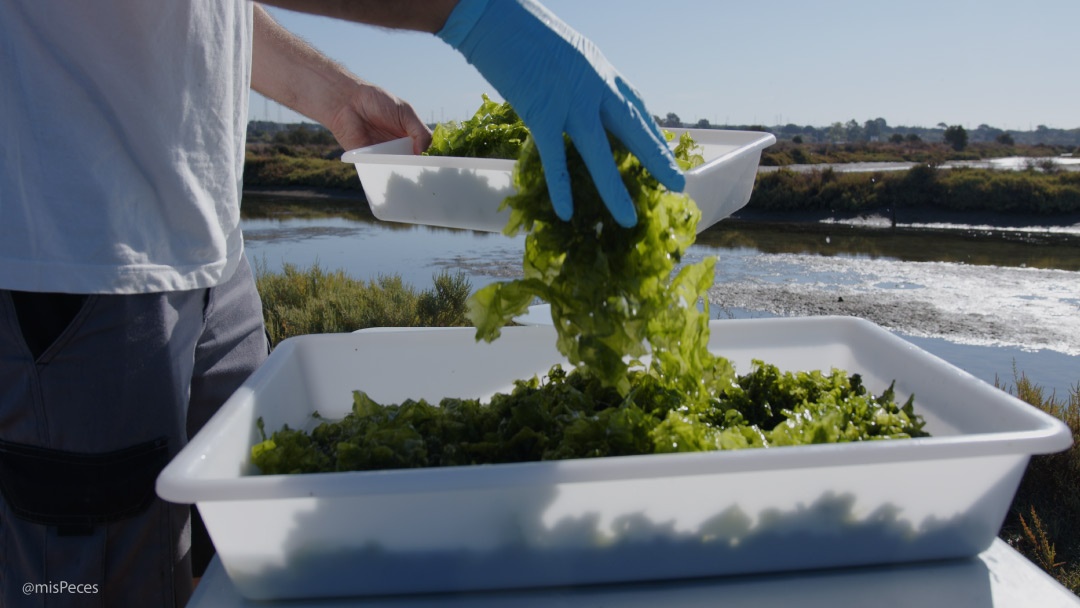
Green algae have the potential to become a valuable resource for developing innovative products that benefit both human health and the environment. Although challenges regarding purity and composition remain barriers to overcome, the growing interest in these biomolecules suggests that we are on the verge of a new era in marine biotechnology.
A study recently published in Bioresources and Bioprocessing has highlighted remarkable advances in research into the polysaccharides and oligosaccharides of these algae, specifically their structure, extraction, and potential application in the food, pharmaceutical, and agricultural industries.
Researchers emphasise the value of green algae for their exceptional properties. For instance, ulvan extracted from Ulva and Enteromorpha is a potent antioxidant, making this extract an attractive ingredient in the development of dietary supplements and anti-ageing products.
These compounds, as they explain, can eliminate free radicals and enhance the activity of endogenous antioxidant enzymes, such as catalase and superoxide dismutase, which are essential in reducing cellular damage caused by oxidative stress.
One example is the use of polysaccharides in the formulation of supplements for people with cardiovascular or inflammatory diseases, where their antioxidant capacity can mitigate the effects of cellular ageing.
In the pharmaceutical field, green algae polysaccharides hold great potential due to their anticoagulant activity, which could be used in the prevention of thrombosis. Unlike medications such as heparin, which can cause severe side effects, including excessive bleeding, the polysaccharides extracted from Ulva and Enteromorpha offer a natural alternative with fewer adverse effects.
A study cited in the research showed that these compounds could prolong coagulation time in laboratory tests without the side effects of traditional anticoagulants, which could revolutionise treatments for patients at risk of blood clots.
Another key example is their antiviral potential. It has been discovered that sulphated polysaccharides from green algae inhibit the entry of viruses such as herpes simplex and SARS-CoV-2 into host cells, which could drive the development of new antiviral treatments. A recent study mentioned that using ulvan to prevent viral entry into cells could become an effective barrier against viral infections, offering hope in the fight against global pandemics.
Despite the immense potential of green algae, fully harnessing them faces challenges. One of the main issues is the variability in the chemical composition of polysaccharides, which depends heavily on factors such as the species of algae, cultivation conditions, and harvest time. For example, ulvan extracted at different times of the year can vary significantly in its glucose and uronic acid content, which affects its efficacy in therapeutic applications.
Moreover, extracting high-purity polysaccharides remains a technical and economic challenge. The presence of impurities and proteins in crude extracts can reduce their effectiveness and increase production costs. To address this challenge, researchers are working on more efficient purification methods, such as ion exchange chromatography and ultrafiltration, to ensure that the polysaccharides reach the necessary purity levels for their use in the pharmaceutical and food industries.


